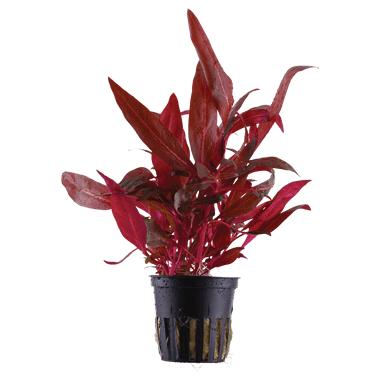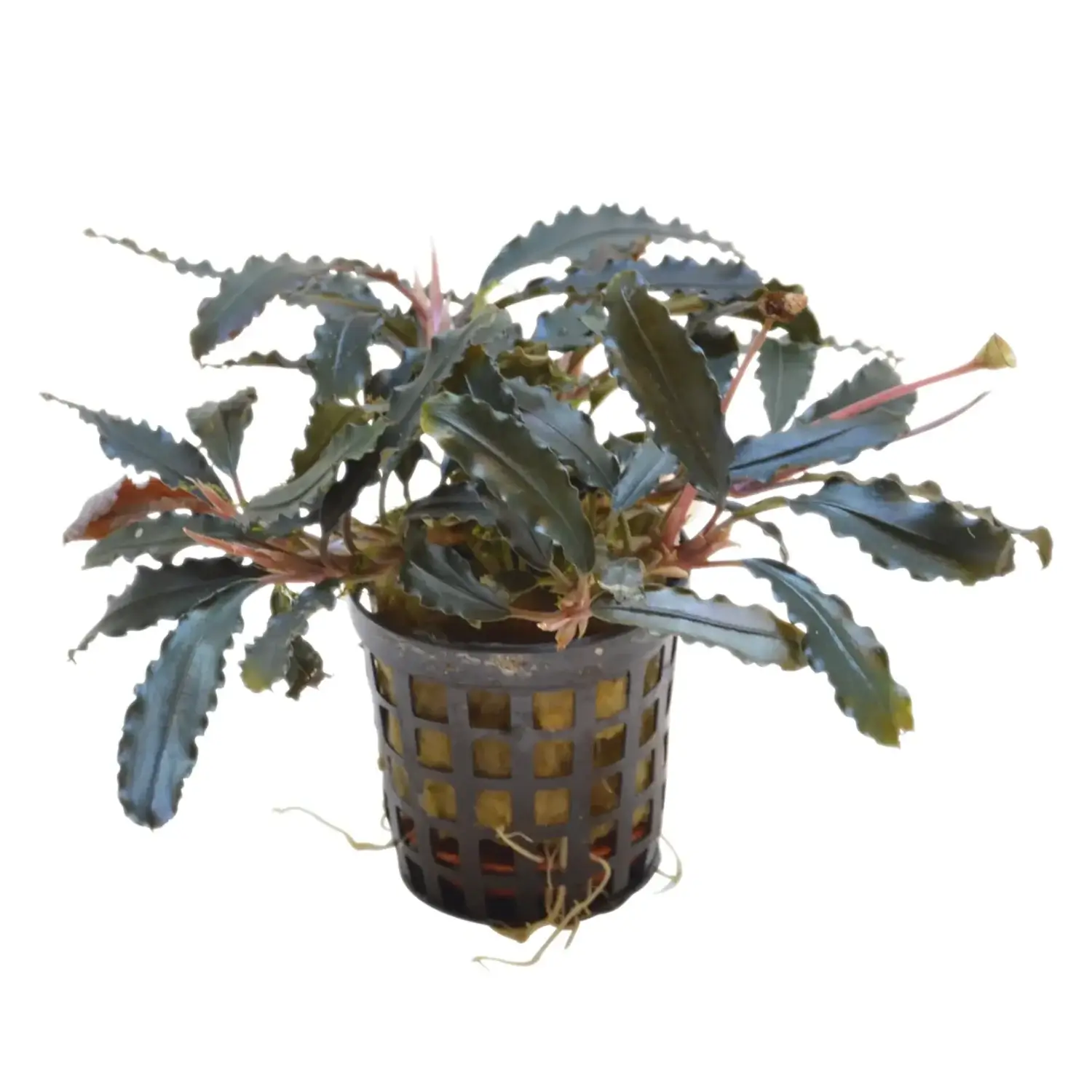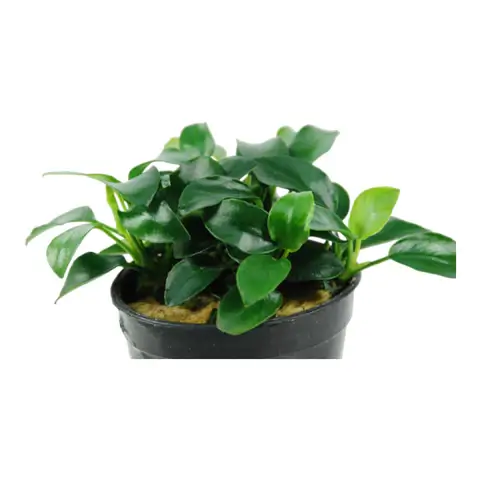Echinodorus regine hilderbrandt 5cm pot
€6.85
Echinodorus regine hilderbrandt (5cm Pot) Care Guide
Echinodorus regine hilderbrandt is a stunning species of the Amazon Sword family, known for its wide, elongated leaves and striking green color. It’s a beautiful addition to both beginner and advanced aquariums due to its vibrant appearance and relatively easy care requirements. Below is a detailed care guide to help you ensure that your Echinodorus regine hilderbrandt thrives.
Care Requirements
- Tank Size: Best suited for medium to large aquariums (20 gallons or larger). This plant can grow large and is better suited for midground to background placement in larger tanks.
- Lighting: Moderate to high light. Echinodorus regine hilderbrandt thrives in bright light conditions, which will help it grow faster and bring out its full potential. Low light may cause the plant to grow more slowly and could reduce its vibrancy.
- Temperature: 22–28°C (72–82°F). This is the ideal range for most tropical setups, which is perfect for this species.
- pH Range: 6.0–7.5. Slightly acidic to neutral water conditions are best for Echinodorus regine hilderbrandt.
- Water Hardness: Soft to moderately hard (4–12 dGH). It grows best in soft to moderately hard water.
- Substrate: Prefers a nutrient-rich substrate such as aquasoil or fine gravel. The substrate should be deep enough (around 2–3 inches) to anchor its roots and support its growth. Nutrient-rich substrates will help the plant grow faster and more vibrantly.
- Growth Rate: Moderate to fast growth, depending on lighting and nutrient levels. This species can grow large, and if given proper conditions, it can fill up the mid to background areas of your tank quite quickly.
- CO2 Requirement: While CO2 supplementation is not necessary, it can help encourage faster and more vibrant growth, especially under high light conditions. Without CO2, the plant will still grow, but at a slower pace.
Key Tips
- Pruning: Regular pruning is essential to keep the plant from growing too large and overtaking other plants in the tank. Trim dead or damaged leaves and remove runners if needed to maintain its shape. You can also cut off any excess growth to prevent the plant from dominating the space.
- Fertilization: Echinodorus regine hilderbrandt is a nutrient-hungry plant. It benefits from regular fertilization. Use a liquid aquarium fertilizer that provides both macronutrients (such as nitrogen, phosphorus, and potassium) and micronutrients (like iron, magnesium, etc.). Root tabs are also recommended for nutrient uptake directly through the roots.
- Water Flow: Prefers moderate water flow. Strong currents may cause the plant to become uprooted or damaged. Moderate flow ensures that nutrients are distributed evenly across the tank, helping the plant grow healthier.
- Placement: Since this plant can grow large, it works best in the middle or background of the aquarium. Ensure that there is enough space around it for the plant to grow and spread. Avoid placing it in the foreground where it could block the view of smaller plants or fish.
- Propagation: Echinodorus regine hilderbrandt propagates by sending out runners. These runners will eventually develop into new plants. Once a runner has developed a new plant, you can either leave it in place or cut it and replant it in another part of the tank.
Additional Notes
- Water Quality: Maintain regular water changes to keep the water clean and nutrient levels in check. Clean water will help prevent the buildup of algae and will encourage healthier growth for Echinodorus regine hilderbrandt.
- Tank Mates: This plant is peaceful and won’t harm other plants or fish. It is suitable for aquariums with shrimp, snails, and most peaceful fish species. However, be cautious with large or herbivorous fish that may damage the plant.
- Algae Prevention: Regular maintenance and water changes help prevent algae growth. As Echinodorus regine hilderbrandt grows, it helps absorb excess nutrients in the water, reducing the chances of algae bloom. However, make sure not to over-fertilize, as this can lead to algae issues.
- Temperature Stability: This plant prefers stable temperatures. Sudden fluctuations in temperature can stress the plant and hinder growth. Keep the tank’s temperature consistent for optimal health.
Common Problems
- Yellowing or Stunted Growth: This could indicate a nutrient deficiency (especially nitrogen, iron, or potassium). Ensure your plant is getting proper nutrients through liquid fertilizers and root tabs.
- Slow Growth: If the plant is growing slowly, it could be due to insufficient light or CO2. Increasing light intensity or adding CO2 supplementation can encourage faster growth.
- Leggy Growth: If the plant is becoming leggy or stretching towards the light, it could be due to insufficient light or low CO2. Consider adjusting lighting or adding CO2 to support healthier, more compact growth.
- Uprooting: The plant can sometimes be uprooted if the water flow is too strong or the substrate is not deep enough. Make sure the substrate is well-packed and deep enough to support the plant’s root system.
- Leaf Damage: This can be caused by large or herbivorous fish, or by rough handling during maintenance. Be gentle when cleaning the plant and ensure that tank mates are not nibbling on the leaves.
Echinodorus regine hilderbrandt is an excellent plant for adding texture and visual interest to your aquarium. With the right conditions — including moderate to high light, a nutrient-rich substrate, and good water quality — it will thrive and add beautiful greenery to your tank. Regular pruning, fertilization, and water changes are key to maintaining its health and vibrant color.
Available on back-order




Reviews
There are no reviews yet.